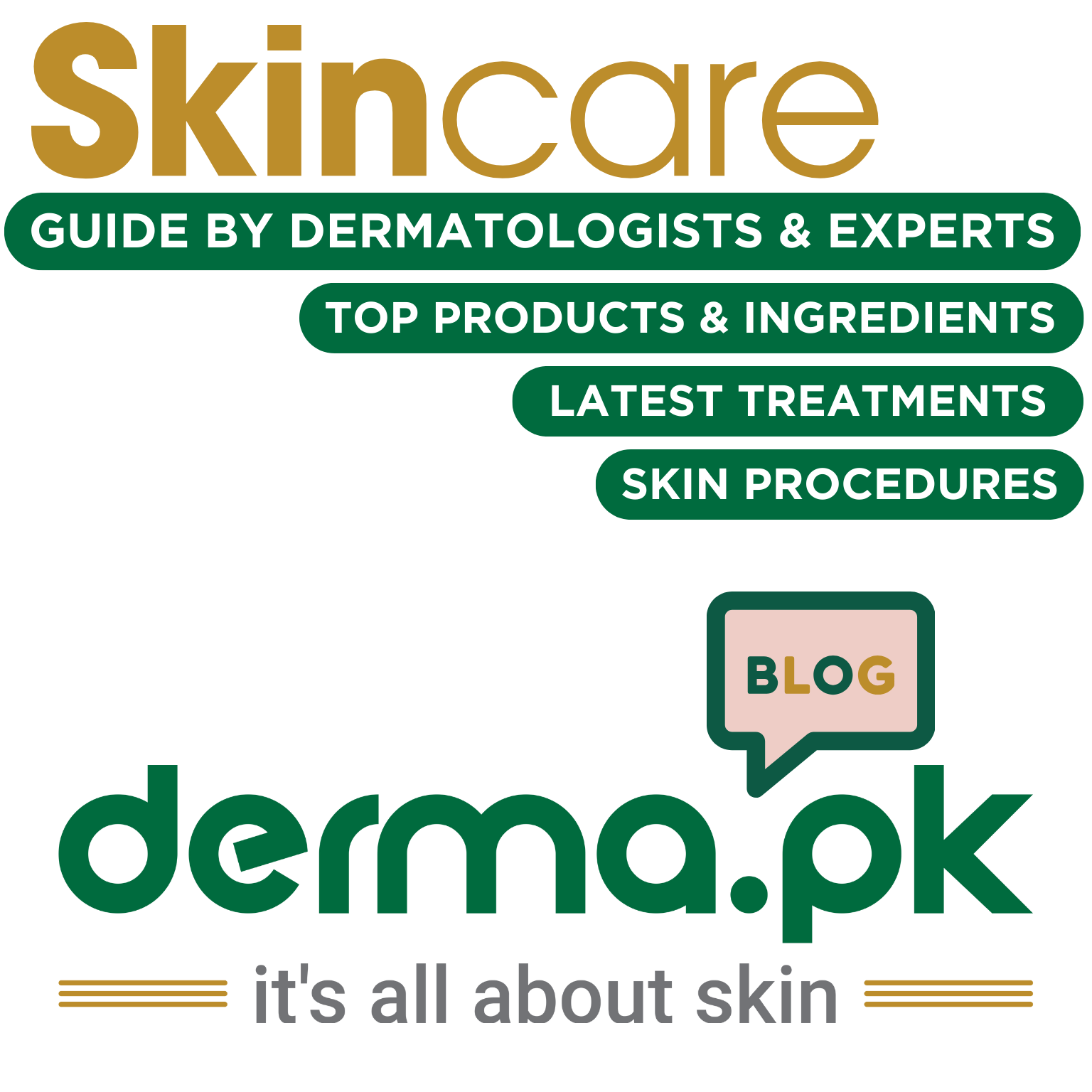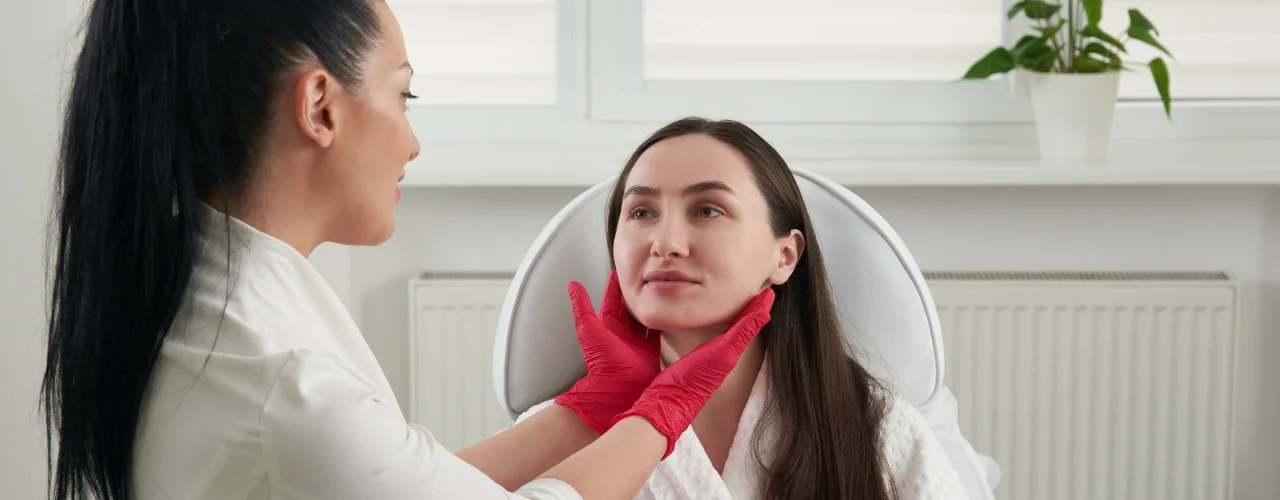Skin care is an essential part of personal hygiene and wellness. However, many people struggle with various skin conditions that affect their appearance, comfort, and confidence. In this article, we will explore five common skin conditions: acne, comedones, contact dermatitis, eczema, and rosacea. We will discuss their causes, symptoms, and treatments, as well as some tips on how to prevent and manage them. By the end of this article, you will have a better understanding of your skin and how to take care of it.

Acne:
Acne is a common skin condition that causes pimples, blackheads, and whiteheads.
It’s caused by several factors, including clogged pores, excess oil production, and bacterial growth.
Acne and Chemical Exfoliators:
Chemical exfoliants are skincare ingredients that help remove dead skin cells from the surface of your skin. This can help unblock pores and prevent new breakouts. Alpha hydroxy acids (AHAs) are a type of chemical exfoliant commonly used to treat acne.
Understanding AHAs like Glycolic and Lactic Acid:
Glycolic acid and lactic acid are two popular AHAs. They work by dissolving the bonds that hold dead skin cells together, allowing them to be gently shed.
Here’s how they compare:
Glycolic acid:
- Stronger exfoliant: penetrates deeper into the skin, making it more effective for moderate acne and uneven skin texture.
- May be irritating: not suitable for sensitive skin.
- Start with a low concentration: 5-10% and gradually increase if tolerated.
Lactic acid:
- Gentler exfoliant: good for sensitive skin and mild acne.
- Hydrating properties: can help improve skin’s moisture levels.
- Start with a low concentration: 2-5% and gradually increase if tolerated.
Here are some things to keep in mind when using AHAs for acne:
- Patch test first: Apply a small amount to an inconspicuous area of your skin and wait 24 hours to see if there’s any reaction.
- Start slow and gradually increase frequency: Start using AHAs once or twice a week and gradually increase to daily use if tolerated.
- Moisturize: AHAs can be drying, so it’s important to moisturize your skin regularly.
- Sunscreen is essential: AHAs can make your skin more sensitive to the sun, so always wear sunscreen with an SPF of 30 or higher.
Comedones:
Comedones are tiny bumps that form when pores on your skin get clogged. They’re a common part of acne, but can also occur on their own.They can be blackheads, which are open, or whiteheads, which are closed. Comedones are a common part of acne, but they can also occur on their own.
There are two main types of comedones:
Blackheads:
These are open comedones, meaning the surface of the pore is open to the air. They appear as small black or dark grey bumps, often on the nose, forehead, chin, and chest. The dark color comes from melanin, the pigment that gives your skin its color, and not from dirt
Whiteheads:
These are closed comedones, meaning the surface of the pore is closed. They appear as small, white or flesh-colored bumps, often on the forehead, cheeks, and chin. The closed pore traps sebum (oil) and dead skin cells, creating the bump.
Comedones themselves are usually not inflammatory or painful. However, they can contribute to the development of pimples and blemishes if bacteria get trapped inside the clogged pores.
Here are some tips for managing comedones:
- Wash your face gently twice a day with a mild cleanser.
- Exfoliate regularly to remove dead skin cells that can clog pores. Look for gentle exfoliants with ingredients like salicylic acid or lactic acid.
- Avoid harsh soaps and detergents that can irritate your skin.
- Moisturize your skin regularly, even if it’s oily. This can help keep your skin barrier healthy and prevent further clogging.
- Don’t try to pick or squeeze comedones. This can worsen inflammation and lead to scarring.
Contact dermatitis:
Contact dermatitis is a skin condition that occurs when your skin comes in contact with a substance that irritates it or causes an allergic reaction. It can cause redness, itching, swelling, blisters, and dryness on the affected area. Contact dermatitis is not contagious, but it can be very uncomfortable and affect your quality of life.
Causes
There are two main types of contact dermatitis: irritant and allergic.
- Irritant contact dermatitis is caused by direct damage to the outer layer of your skin from a substance that is harsh or abrasive. Some common irritants include detergents, solvents, bleach, soap, water, and friction.
- Allergic contact dermatitis is caused by an immune system reaction to a substance that you are sensitive to. Some common allergens include nickel, latex, rubber, cosmetics, fragrances, and plants like poison ivy.
The causes of contact dermatitis may vary from person to person, depending on your skin type, genetics, and exposure history. Some people may have both irritant and allergic reactions at the same time.
Symptoms
The symptoms of contact dermatitis usually appear within minutes to hours of exposure to the substance, and they may last for days to weeks. that may include:
- An itchy rash that may be red, scaly, or bumpy
- Blisters that may ooze or crust over
- Swelling, burning, or tenderness of the skin
- Dryness, cracking, or peeling of the skin
- Changes in skin color or texture
The symptoms of contact dermatitis usually affect the area of skin that touched the substance, but they may also spread to other parts of the body. The severity of the symptoms may depend on the amount and duration of exposure, the type and concentration of the substance, and the sensitivity of your skin.
Treatments
The main treatment for contact dermatitis is to identify and avoid the substance that caused the reaction. This may require some trial and error, or a patch test by a dermatologist. You can also take some steps to relieve the symptoms and prevent complications, such as:
- Washing the affected area with mild soap and water to remove any traces of the substance
- Applying a cold compress or a wet cloth to soothe the skin and reduce swelling
- Applying a moisturizer or a barrier cream to protect and hydrate the skin
- Applying a topical steroid cream or ointment to reduce inflammation and itching
- Taking an oral antihistamine to reduce allergic response and itching
- Avoiding scratching or rubbing the skin, which may worsen the condition or cause infection
- Seeking medical attention if the symptoms are severe, widespread, or persistent, or if you have signs of infection, such as fever, pus, or pain
In some cases, your doctor may prescribe other treatments, such as phototherapy, immunosuppressants, or desensitization, depending on the type and severity of your contact dermatitis.
Eczema:
Eczema is a skin condition that causes dry, itchy, and inflamed patches of skin. It can be triggered by stress, allergies, and dry weather. Eczema, also known as atopic dermatitis, is a common skin condition that can affect both children and adults. In adults, it often appears as patches of thickened, dry, and itchy skin. These patches can be red, brown, or gray, and can develop on various parts of the body, like the hands, arms, neck, and inside of the elbows and knees. Eczema is a common and manageable condition. With proper care, you can control the symptoms and live a comfortable life
Here are some key things to know about eczema in adults:
Symptoms:
- Dry, scaly skin: Eczema patches often feel rough and sandpaper-like.
- Intense itching: This can be the most bothersome symptom, leading to scratching and potentially broken skin.
- Thickened skin: Over time, eczema patches can become thickened and leathery due to chronic scratching.
- Flare-ups and remissions: Eczema tends to come and go in cycles, with periods of worsening symptoms followed by periods of improvement.
Managing eczema:
There’s no cure for eczema, but several treatments can help manage the symptoms and prevent flare-ups. These include:
- Moisturizers: Regularly applying fragrance-free moisturizers helps keep the skin hydrated and prevent dryness.
- Topical corticosteroids: These creams or ointments can reduce inflammation and itching.
- Antihistamines: These oral medications can help relieve itching.
- Phototherapy: Light therapy can be used in severe cases to help control the condition
Rosacea:
Rosacea is a skin condition that causes redness, bumps, and pimples on the face. It can be triggered by many things, including hot drinks, spicy foods, and weather changes. Rosacea is a chronic skin condition that causes facial redness and other symptoms. It can affect people of all ages, but is most common in adults between the ages of 30 and 50.
Symptoms:
- Facial redness: This is the most common symptom, often appearing on the cheeks, nose, forehead, and chin. The redness can be persistent or come and go in flares.
- Small red bumps: Some people with rosacea develop tiny, pimple-like bumps on their face. These bumps may or may not contain pus.
- Broken blood vessels: In some cases, rosacea can cause visible, broken blood vessels on the face.
- Stinging, burning, or sensitivity: The skin affected by rosacea may feel uncomfortable, like it’s burning or stinging.
Treatment:
While there’s no cure for rosacea, there are treatments that can help manage the symptoms and prevent flare-ups. These include:
- Topical medications: Creams or gels applied to the skin can help reduce redness, bumps, and inflammation.
- Oral medications: In some cases, oral antibiotics or other medications may be prescribed to manage severe rosacea.
- Laser therapy: This treatment can help reduce the appearance of broken blood vessels
These are just five of the many different skin conditions that people can experience. If you’re concerned about your skin, it’s always a good idea to see a doctor or dermatologist. They can help you diagnose the condition and recommend the best treatment options.
Here are some additional tips for healthy skin:
- Wash your face gently with a mild cleanser twice a day.
- Moisturize your skin regularly.
- Use sunscreen every day, even on cloudy days.
- Avoid harsh soaps and detergents.
- Manage stress.
- Eat a healthy diet.
In conclusion, skin care is an important aspect of health and well-being. However, many people suffer from various skin conditions that can affect their appearance and comfort. By understanding the causes, symptoms, and treatments of these conditions, you can take better care of your skin and prevent or manage them effectively. However, if you have any doubts or concerns about your skin condition, you should always consult a dermatologist for professional advice and diagnosis. Remember, your skin is your largest organ and it deserves your attention and care.
Derma and Dental Clinic:
Derma & Dental Clinic stands out with its team of experienced doctors backed by scientific evidence in their chosen fields. Their diverse range of medical-grade procedures offer tailored solutions for various skin and dental needs. You can confidently book your consultation online or by phone and embark on your journey towards healthier skin and a radiant smile.
Location: Bahria Town, Lahore
Specialties: Dermatology and Dental Care
Derma.pk:
Explore their diverse selection of products, learn from their expert blog, and get personalized advice from their team of dermatologists. Take control of your skin health, one step at a time.
Blog.derma.pk equips you with the info you need to make informed choices about your skin. Learn about ingredients, product benefits, and how to find what works best for you.Blog.derma.pk is more than just product info, it’s a portal to a happier, more confident you. Discover the power of informed skincare and unlock your skin’s full potential.













